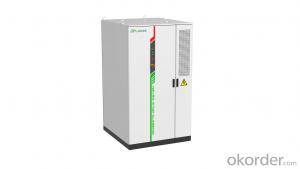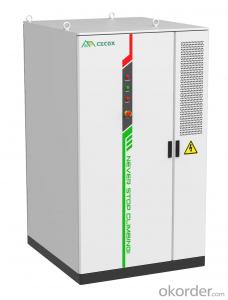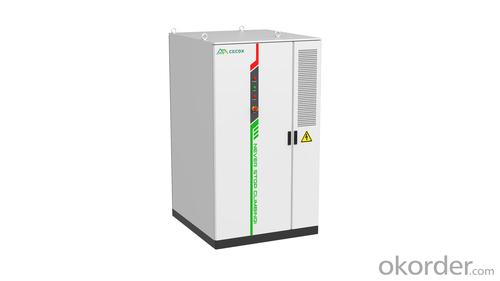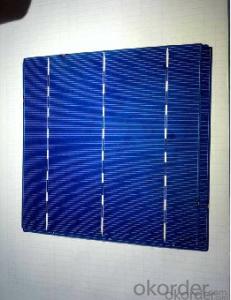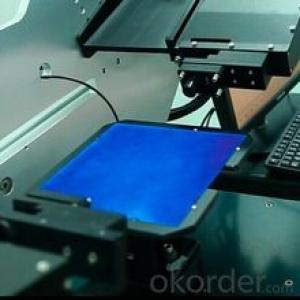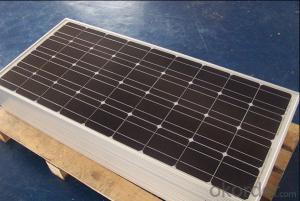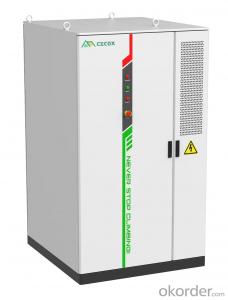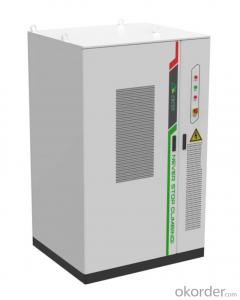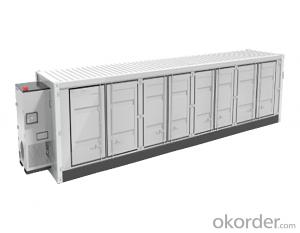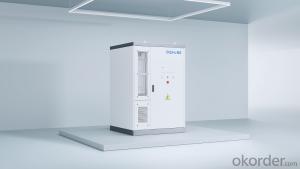Mj Solar Cells 186kw/372kwh 280ah Efficient and Smart Liquid-Cooling Cabinet Commercial/Industrial Storage
- Loading Port:
- SHANGHAI
- Payment Terms:
- TT OR LC
- Min Order Qty:
- 5 unit
- Supply Capability:
- 200 unit/month
OKorder Service Pledge
OKorder Financial Service
You Might Also Like
Specification
Product Features
Ultimate Safety
Multistage variable diameter liquid cooling pipeline, system temperature difference ≤ 4 ℃
Micro channel equalization pipeline, PACK temperature difference ≤ 2.5 ℃
Highly automated ,CCS integrated design
Electrical multidimensional fusion perception 15-year extra long life coolant
Smart and Efficient
BMS active balancing technology improves SOS accuracy by 3% and extends system life by 20%
OTA upgrade is sent from the cloud and upgrade efficiency is improved by more than 90%
Panoramic online monitoring and scheduling
Global customized design and development services
Support virtual power plant interconnection
Flexible and Convenient
Modular design, standardized interface
Elastic expansion, multi machine parallel connection
Multi-sensor and intelligent control system
Triple level modular PCS, up to 99% maximum efficiency
Cloud and edge integrated energy storage intelligent operation and maintenance center
Quick Response
Support multi-device access and multi-user sharing
Millisecond response to power dispatch
100% pre-installed integration
Equipped with LVRT, HVRT functions, and various control modes such as PQ, VF, and networking
Technical Data
Battery Type: LFP-280Ah
System Configuration: 8*1P52S
Rated Charge/Discharge Ratio: ≤0.5P
Rated Capacity:372kWh
DC Rated Voltage:1331.2V
DC Voltage Range:1164.8 ~ 1497.6V
AC Rated Power:186kW
AC Rated Voltage:690V±15%
Rated Grid Frequency:50Hz/60Hz
Size(W*D*H):1329*1447*2300mm
Weight:3.8t
Protection Level:IP54(PACK IP67)
Operating Temperature Range:-30 ~ 55℃
Relative Humidity Range:5% ~ 95%(Non condensation)
Operating Altitude:≤2000m(>2000m Reduction)
Fire Protection System:Aerosol/Perfluoro
Communication Interfaces:CAN/RS485/Ethernet
- Q: Can solar cells be used for electric vehicle charging?
- Yes, solar cells can be used for electric vehicle charging. Solar panels can generate electricity from sunlight, which can then be used to charge electric vehicle batteries. This allows for a sustainable and renewable source of energy for electric vehicle charging.
- Q: How do solar cells perform in areas with limited space for installation?
- Solar cells can still perform effectively in areas with limited space for installation by utilizing innovative technologies such as rooftop solar panels, vertical solar panels, or solar panels integrated into building materials. These compact and space-efficient designs allow for the generation of solar energy even in tight spaces, making it possible to harness the benefits of solar power without requiring vast expanses of land.
- Q: Can solar cells be used in railway applications?
- Yes, solar cells can be used in railway applications. They can be installed on train rooftops to generate electricity, which can power various systems such as lighting, air conditioning, and communication systems. This helps reduce reliance on traditional power sources, lower operating costs, and make railways more sustainable and environmentally friendly.
- Q: What is the most commonly used material for solar cells?
- It is mainly the crystalline silicon materials (including polysilicon and monocrystalline silicon), its market share in more than 90% and in the future for a long period of time will still be the main material of solar cells.
- Q: Can solar cells be used in aviation or aerospace applications?
- Yes, solar cells can be used in aviation or aerospace applications. They are commonly used in satellites and space probes to generate electrical power from sunlight. Additionally, solar cells can be integrated into the wings or fuselage of aircraft to provide a sustainable source of energy, reducing reliance on fossil fuels and extending flight time.
- Q: What is the impact of solar cells on reducing energy inequality?
- Solar cells have a significant impact on reducing energy inequality by providing access to clean and affordable electricity for communities that are underserved or lack access to traditional power sources. By harnessing the abundant and renewable energy from the sun, solar cells facilitate the decentralization of energy production, enabling individuals and communities to generate their own power and reduce their dependence on centralized grids. This empowers marginalized communities to become energy self-sufficient, bridging the energy gap and promoting a more equitable distribution of energy resources. Additionally, solar cells contribute to mitigating climate change and reducing carbon emissions, which disproportionately affect vulnerable populations, further addressing energy inequality and promoting sustainable development.
- Q: What is the average lifespan of a solar cell in space?
- The average lifespan of a solar cell in space can vary depending on several factors such as the quality of the materials used, the level of radiation exposure, and the specific mission requirements. However, on average, solar cells in space can last anywhere from 10 to 25 years.
- Q: Can solar cells be used in disaster recovery efforts?
- Yes, solar cells can be used in disaster recovery efforts. They provide a reliable and sustainable source of electricity, which is crucial in disaster-stricken areas where power infrastructure may be damaged or inaccessible. Solar cells can be used to power emergency communication systems, medical equipment, lighting, and charging stations for essential devices. They are portable, easy to deploy, and can significantly contribute to the relief and recovery efforts in disaster-affected regions.
- Q: Can solar cells be used for powering traffic lights?
- Yes, solar cells can be used for powering traffic lights. Solar panels can harness sunlight and convert it into electricity, providing a sustainable and renewable source of power for traffic lights. This eliminates the need for traditional electrical grid connections and reduces carbon emissions. Solar-powered traffic lights are increasingly being adopted as an eco-friendly and cost-effective solution in many locations around the world.
- Q: Can solar cells be used for powering drones?
- Yes, solar cells can be used for powering drones. Solar-powered drones utilize photovoltaic cells to convert sunlight into electricity, which can then be used to power the drone's motor and other systems. This renewable energy source allows for longer flight times and reduced reliance on traditional fuel sources.
Send your message to us
Mj Solar Cells 186kw/372kwh 280ah Efficient and Smart Liquid-Cooling Cabinet Commercial/Industrial Storage
- Loading Port:
- SHANGHAI
- Payment Terms:
- TT OR LC
- Min Order Qty:
- 5 unit
- Supply Capability:
- 200 unit/month
OKorder Service Pledge
OKorder Financial Service
Similar products
Hot products
Hot Searches
Related keywords
